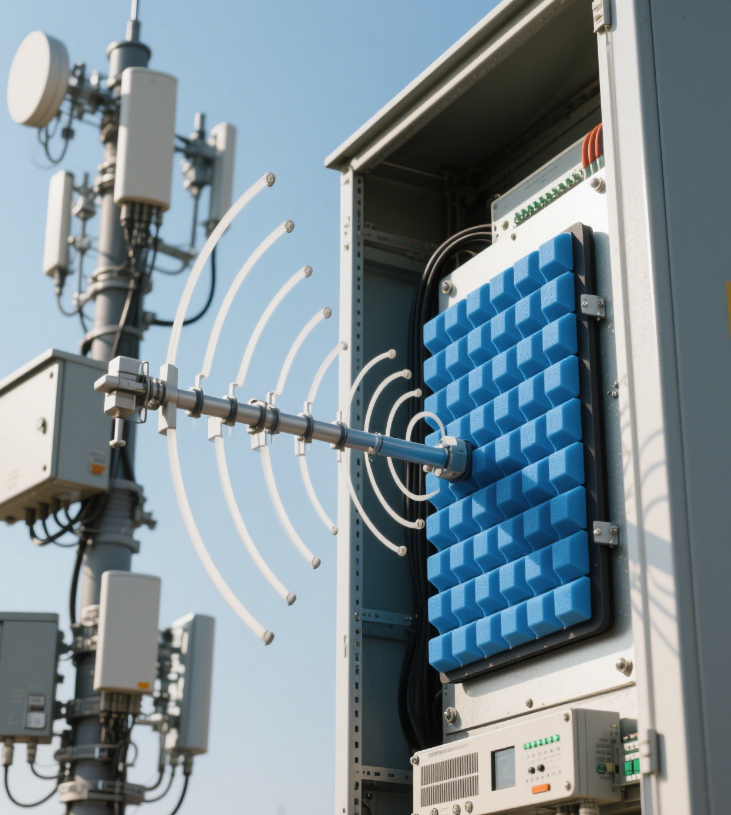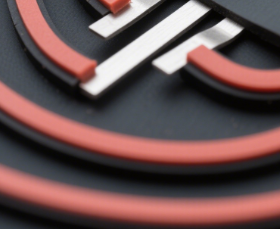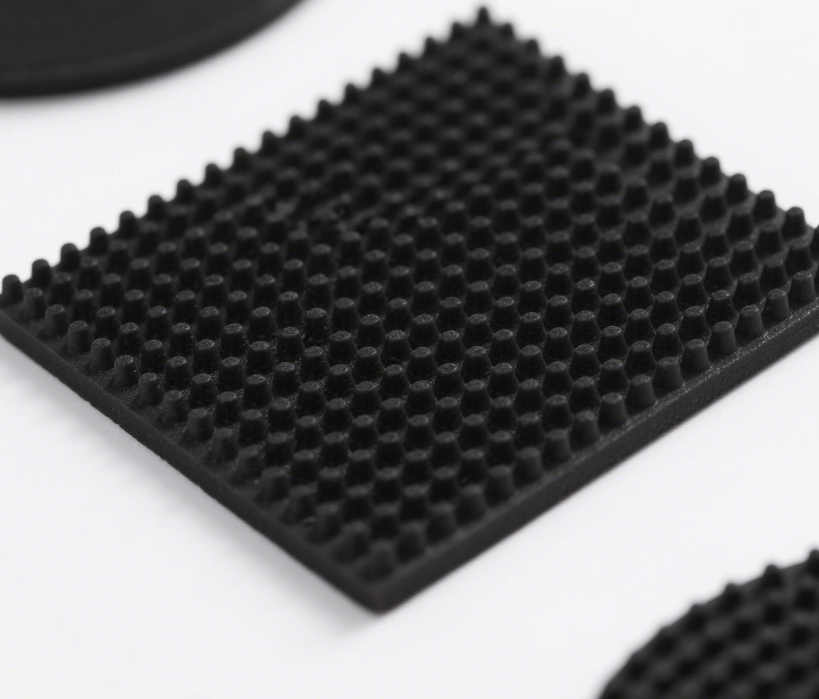Applications of Thermal Conductive and Wave Absorbing Silicone Rubber
2025/05/19
0
In the era of rapid modern technological development, the performance of materials determines the quality and functionality of products. Thermal conductive and wave absorbing silicone rubber has become a “hot commodity” in numerous fields due to its unique thermal conductivity and wave absorbing properties, playing an irreplaceable role in various scenarios.
Electronics Equipment Field
With the continuous advancement of electronic technology, electronic devices are developing towards miniaturization and integration. This has led to highly dense electronic components inside devices, making heat dissipation difficult while electromagnetic interference (EMI) issues have become increasingly severe. Thermal conductive and wave absorbing silicone rubber perfectly solves these two major challenges.
Between the CPU, GPU, and heat sinks in computers, this silicone rubber serves as a thermal conductive pad, effectively filling tiny gaps to rapidly transfer heat generated by chips to the heat sink. This prevents performance degradation and shortened lifespan caused by overheating. Meanwhile, it can absorb electromagnetic radiation emitted by electronic components, preventing EMI from affecting the normal operation of other electronic devices and ensuring the stability and reliability of electronic equipment.
In mobile devices such as smartphones and tablets, thermal conductive and wave absorbing silicone rubber is equally indispensable. It optimizes the internal heat dissipation pathways, ensuring that phones do not experience significant heating during prolonged use or when running intensive games, thereby enhancing the user experience. Additionally, it reduces the potential hazards of electromagnetic radiation to the human body, aligning with the requirements of environmental protection and health safety.
Communications Field
In 5G and 6G communication base stations, large quantities of radio frequency devices, power amplifiers, and other equipment generate substantial heat during operation, while electromagnetic signal interference between devices can affect communication quality. Thermal conductive and wave absorbing silicone rubber can be applied to the heat dissipation modules of base station equipment, rapidly conducting heat away to ensure stable operation in high-temperature environments. Its wave absorbing properties effectively suppress electromagnetic signal reflection and interference, enhancing signal purity and transmission efficiency, and guaranteeing stable and high-speed communications.
Furthermore, in fields such as satellite communications and radar systems, this silicone rubber helps equipment resist interference from complex electromagnetic environments, improving system sensitivity and accuracy, and ensuring reliable transmission and processing of communication and detection data.
Aerospace Field
Aerospace equipment must withstand extreme working conditions such as high and low temperatures, high vacuum, and other harsh environments, while also facing challenges from complex electromagnetic environments. Thermal conductive and wave absorbing silicone rubber has become a key material in aerospace due to its excellent high and low-temperature resistance and superior thermal conductive and wave absorbing properties.
In components such as aircraft engines and satellite power systems, it effectively conducts heat to prevent local overheating and ensure normal equipment operation. At the same time, it absorbs electromagnetic radiation emitted by equipment to avoid interference with other precision instruments, ensuring precise control and reliable communication of aerospace equipment in complex environments, and providing a strong guarantee for flight safety and mission execution.
New Energy Vehicles Field
The battery systems and motor electronic control systems of new energy vehicles generate significant heat during operation. If not dissipated in a timely manner, this heat can affect battery lifespan and performance, and even pose safety hazards. Additionally, electromagnetic interference between numerous in-vehicle electronic devices can disrupt the normal operation of the vehicle’s control and communication systems.
Thermal conductive and wave absorbing silicone rubber can be used as a thermal conductive and wave absorbing pad for battery packs, transferring heat generated by the batteries to the cooling devices and maintaining the batteries at an optimal operating temperature. Meanwhile, it absorbs electromagnetic radiation from battery systems and electronic devices, reducing the impact of EMI on the vehicle’s electronic systems, enhancing the safety and reliability of new energy vehicles, and providing technical support for the development of the new energy vehicle industry.
Beyond the above-mentioned fields, thermal conductive and wave absorbing silicone rubber also has broad application prospects in medical devices, military equipment, and other sectors. As technology continues to advance, the requirements for material performance will become increasingly stringent. This silicone rubber will continue to be optimized and innovated, expanding into more application scenarios and injecting new vitality into the development of various industries.

















